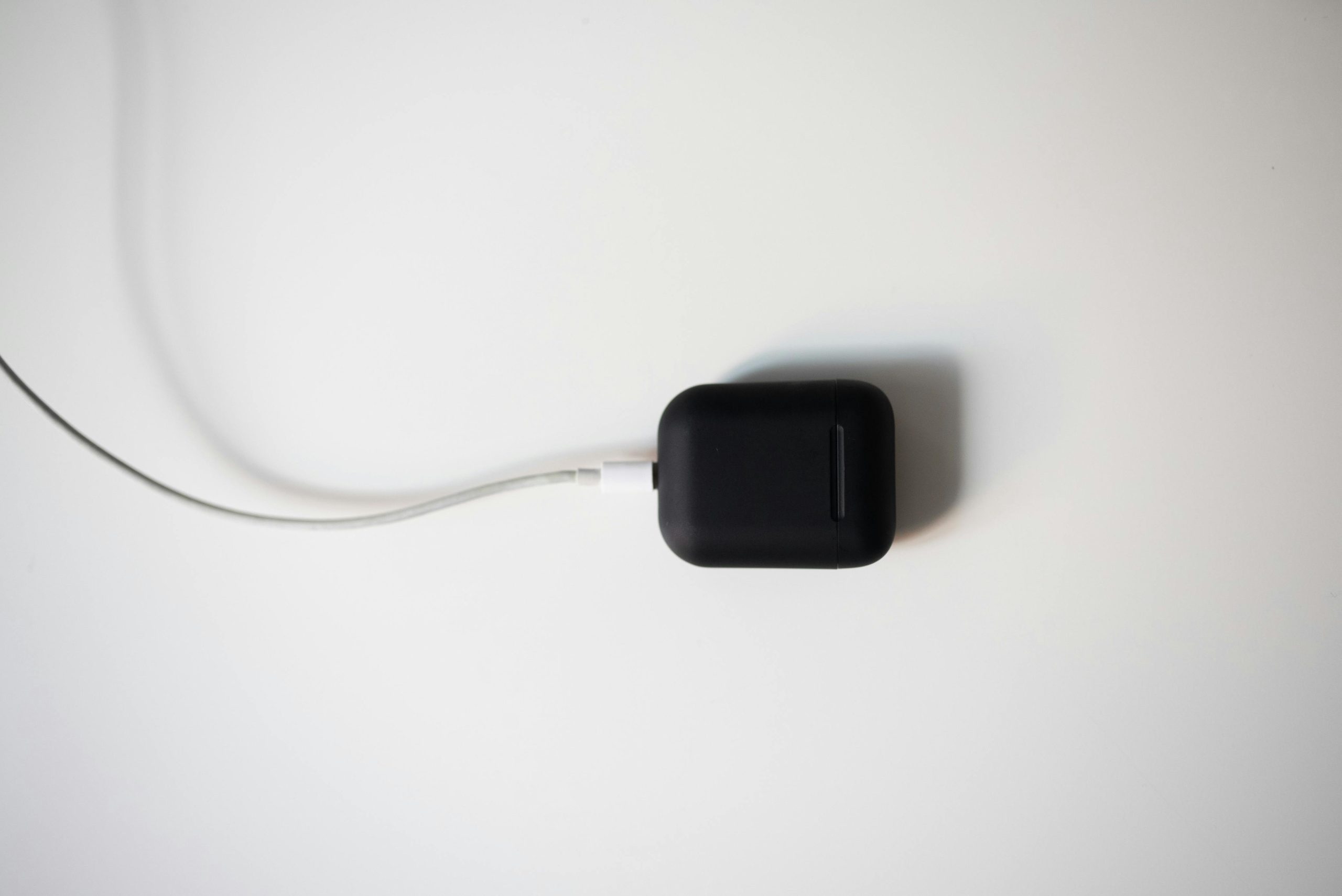Understanding and Addressing Black Buildup on iPhone Charging Cables
If you’ve noticed that one of your iPhone charging cables develops a persistent black residue on a particular pin, you’re not alone. Many users have encountered similar issues where the charging becomes unreliable due to this buildup, necessitating frequent cleaning. In this article, we’ll explore the potential causes of this phenomenon, discuss safety considerations, and outline best practices for maintenance and prevention.
The Issue at a Glance
Some iPhone users observe black, dirt-like deposits forming on the metal pins of their Lightning cables, especially on a specific contact point. This accumulation can interfere with the electrical connection, leading to inconsistent charging or complete failure to charge. Interestingly, the buildup tends to recur every few days, even after thorough cleaning.
Common Causes of Black Residue Formation
Several factors may contribute to the appearance of black deposits on charging cables:
-
Oxidation and Corrosion: Over time, exposure to moisture, sweat, or environmental contaminants can cause oxidation or corrosion of metal contacts, resulting in black or dark deposits.
-
Electrical Discharge or Arcing: Although less common with quality cables, minor electrical arcing at the contact point can produce carbonized residue.
-
Material Degradation: Low-quality or damaged cables may exhibit accelerated degradation, leading to buildup on the pins.
-
External Contaminants: Dust, dirt, oils, or other residues from handling can contribute to the formation of deposits on the contact areas.
Safety and Cleaning Considerations
Regularly cleaning your cable pins can help maintain good electrical contact, but it’s essential to do so safely:
-
Use Gentle Cleaning Methods: As you have been doing, using fine-grit sandpaper or a soft-bristled brush can remove stubborn deposits. However, aggressive abrasive cleaning might damage the cable or alter the metal surface.
-
Avoid Excessive Moisture: Never use liquids or abrasive chemical cleaners directly on the cable contacts. Moisture can cause further corrosion and pose safety risks.
-
Inspect for Damage: If the cable or connectors show signs of severe wear, damage, or melting, replace them immediately. Using compromised cables can be unsafe.
Preventive Measures and Best Practices
To minimize the recurrence of black buildup:
-
Keep Cables Dry: Store and handle cables in dry environments to prevent corrosion.
-
Limit Handling Contaminants: Wash your hands before handling cables to reduce transfer of oils and dirt.
-
**Use Quality
Share this content:



